Nature Chemistry




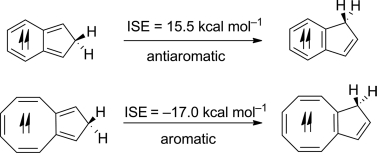
Aromaticity, one of the most important concepts in chemistry, has attracted considerable interest from both experimentalists and theoreticians. According to Baird's rule, triplet annulenes with 4n π electrons are aromatic. However, the approach to evaluate the magnitude of the triplet aromaticity is less developed. Herein we apply the indene–isoindene isomerization stabilization energy (ISE) method to evaluate the aromaticity in the triplet state.

Oligomers of 1,4-disila/germa/stannacyclohexa-2,5-dienes as well as all-carbon 1,4-cyclohexadienes connected via E—E single bonds (E = C, Si, Ge, or Sn) were studied through quantum chemical calculations in an effort to identify conformationally flexible molecular wires that act as molecular “electrical cords” having conformer-independent conjugative and conductive properties. Our oligomers display neutral hyperconjugative interactions (σ/π-conjugation) between adjacent σ(E—E) and π(C═C) bond orbitals, and these interactions do not change with conformation.

Aromaticity, a highly stabilizing feature of molecules with delocalized electrons in closed circuits, is generally restricted to ‘Hückel’ systems with 4n+2 mobile electrons. Although the Möbius concept extends the principle of aromaticity to 4n mobile electron species, the rare known examples have complex, twisted topologies whose extension is unlikely. Here we report the realization of osmapentalenes, the first planar Möbius aromatic complexes with 16 and 18 valence electron transition metals.
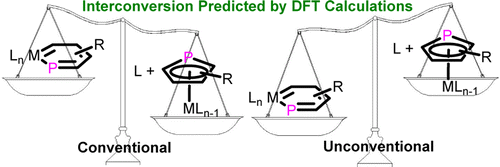
Metallaaromatics have attracted continuing interest of both theoretical and experimental chemists since the first metallabenzene was predicted by Hoffmann and isolated by Roper. In sharp contrast to metallabenzenes, metallaphosphabenzene (MPB) is much less developed and has not been synthesized so far. Thus, developing synthetic approaches is urgent. Here we present thorough density functional theory (DFT) calculations on the thermodynamics and kinetics of the rearrangement between MPBs and the corresponding η5-phosphacyclopentadiene (η5-PCp) complexes.
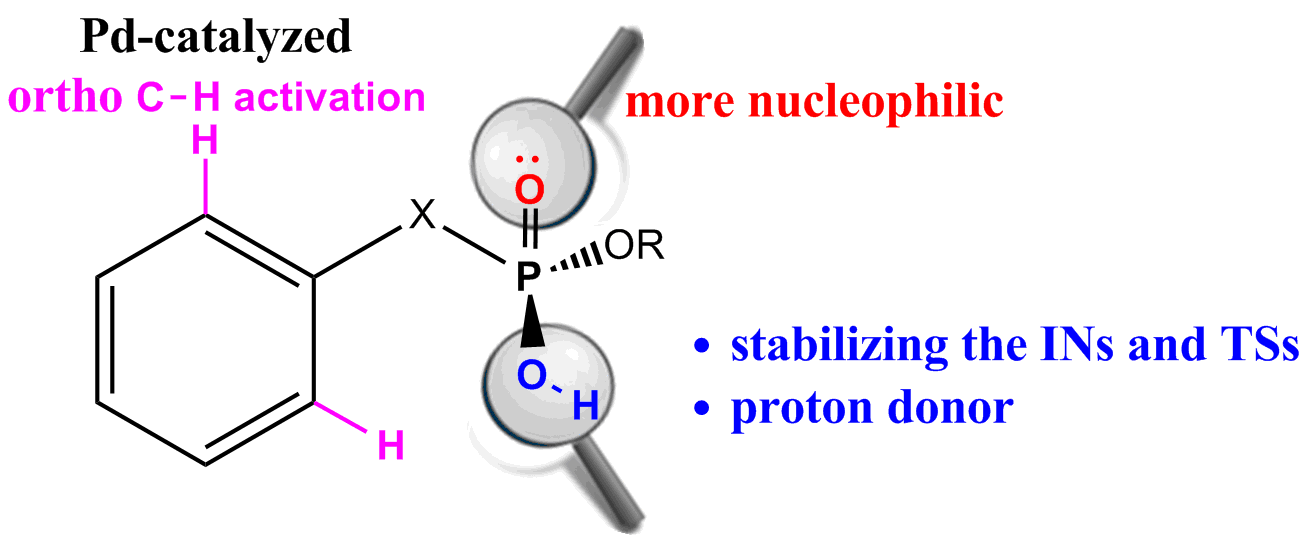
Density functional theory (DFT) calculations have been carried out on Pd-catalyzed phosphoryl-directed ortho-olefination to probe the origin of the significant reactivity difference between methyl hydrogen benzylphosphonates and dialkyl benzylphosphonates. The overall catalytic cycle is found to include four basic steps: C−H bond activation, transmetalation, reductive elimination and recycling of catalyst, each of which is constituted from different steps.

Highly stable five-membered metallacycloallenes were synthesized under mild conditions. Calculations revealed that the incorporation of transition-metal moieties relieves considerable strain and indicates a trend toward ring enlargement in the five-membered metallacycloallenes. Conversion into six-membered metallacycloallenes was confirmed experimentally.
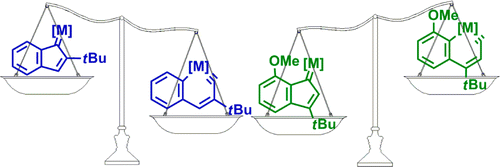
Metallaaromatics have attracted considerable interest of both theoretical and experimental chemists. However, there have been only two metallanaphthalynes isolated so far. Thus, developing new synthetic approaches is urgent. Here we present thorough density functional theory (DFT) calculations on the thermodynamics and kinetics of the isomerization between metallanaphthalynes and metal indenylidene complexes. The effects of metal centers, ligands, and substituents on the metallabicycles were examined systematically.

CO2 capture has attracted increasing attention owing to its contribution to global warming and climate change as a greenhouse gas. As an alternative strategy to transition-metal-based chemistry and catalysis, frustrated Lewis pairs have been developed to sequester CO2 efficiently under mild conditions. However, the mechanism of CO2 sequestration with amidophosphoranes remains unclear. Herein, we present a thorough density functional theory study on a series of amidophosphoranes.
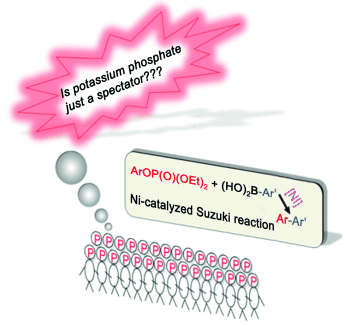
Spectator or actor? Density functional theory calculations were performed to examine the role of the base in the nickel-catalyzed cross-coupling of aryl phosphates with arylboronic acids. Potassium phosphate was found to not act as a spectator base but was involved in the transmetalation step, as shown by a lower barrier than that of a base-free process, owing to the activation of the carbonboron bond by the base. Further experimental observations support the theoretical findings.
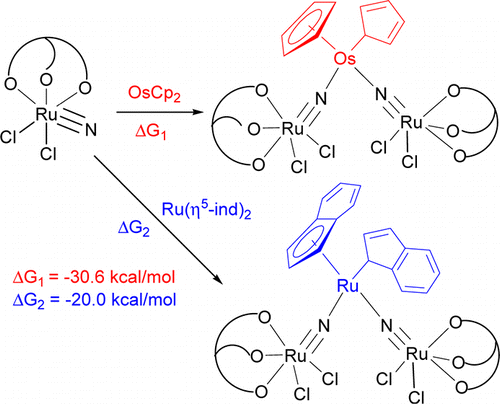
η5–η1 ring slippage of [OsCp2] (Cp = η5-C5H5) and [Ru(η5-ind)2] (ind = indenyl) resulting from reaction with the ruthenium(VI) nitride [Ru(LOEt)(N)Cl2] (1; LOEt– = [CoCp{P(O)(OEt)2}3]−) is reported. The treatment of [OsCp2] or [Ru(η5-ind)2] with 1 resulted in η5-η1 ring slippage of the cycloolefin ligands and formation of the trinuclear nitrido complexes [Cp(η1-C5H5)Os(NRuLOEtCl2)2] (2) or [(η5-ind)(η1-ind)Ru(NRuLOEtCl2)2] (3).
Copyright © 2025,
Theme Originally Created by Devsaran
